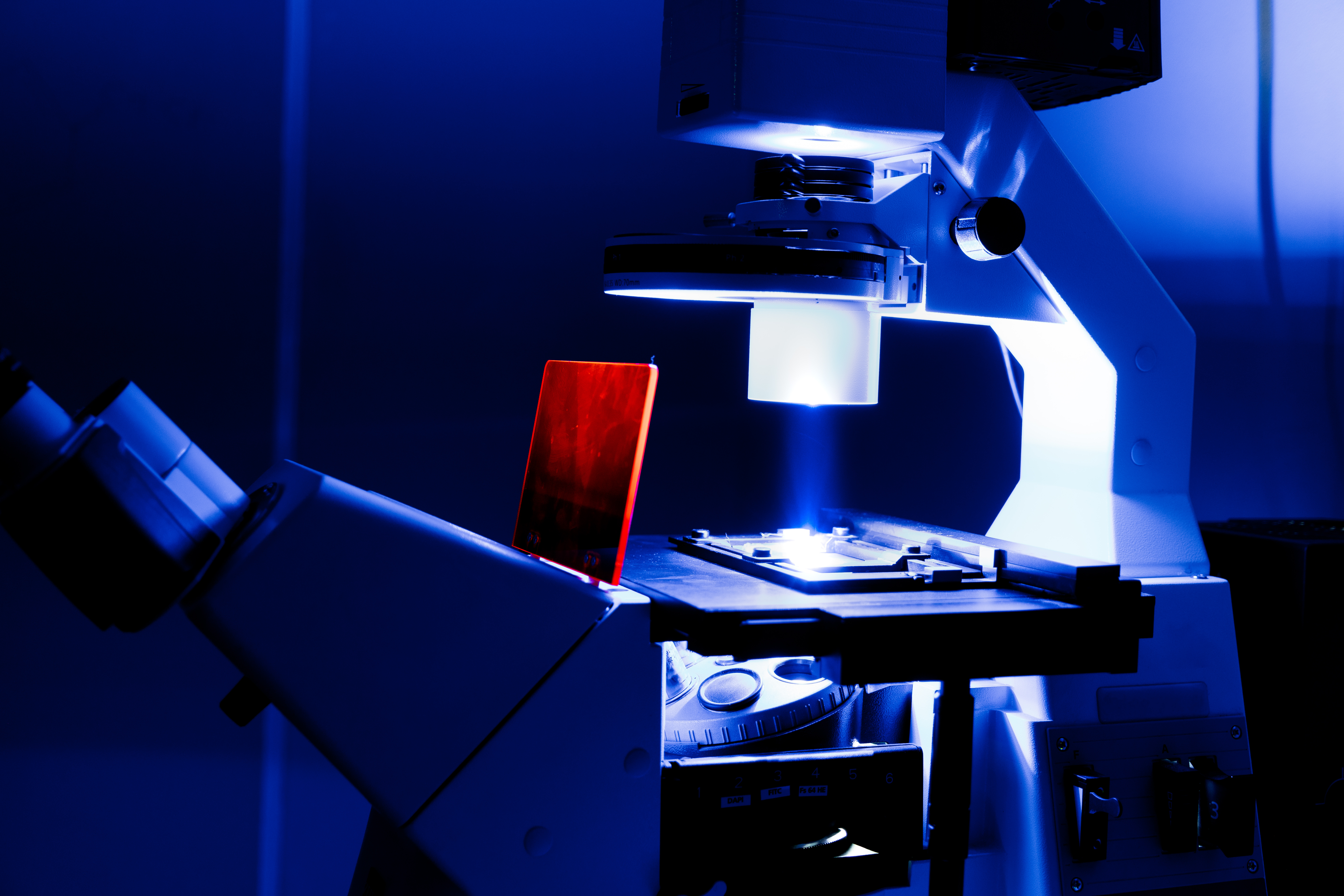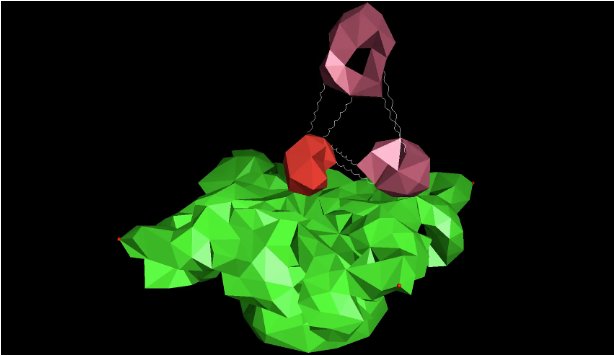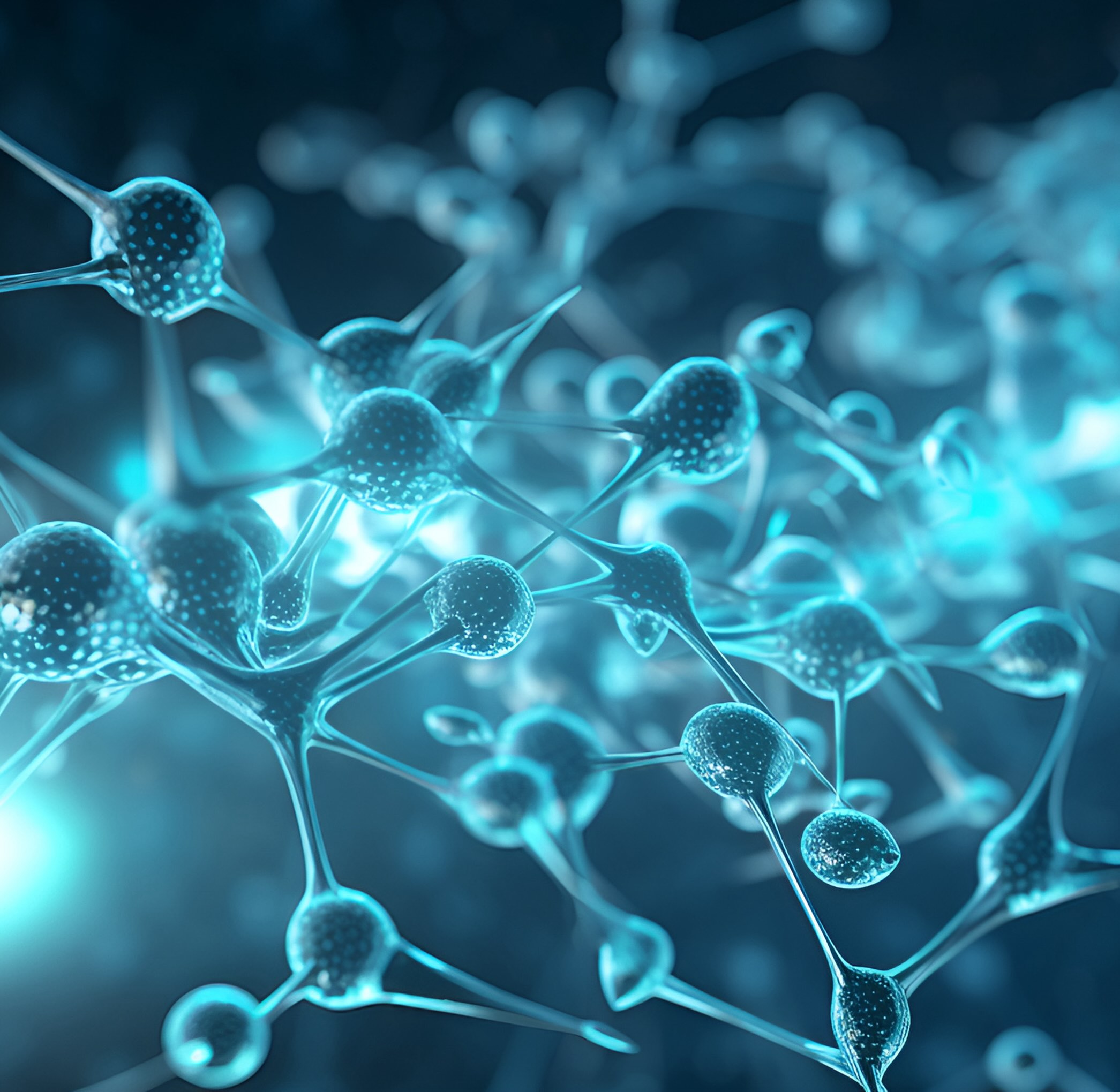Our UNSW laboratory has three postdoctoral positions and a PhD scholarship to fill. Our Sheffield team also has a position currently open in collaboration with Dr Barbara Ciani, Prof Jane Grasby, and Astra Zeneca.
Positions open to applications

We seek a Research Associate/ Post-doctoral Fellow (Level A) to lead the nanoscale mapping of protein structure and conformations using single molecule localisation microscopy. The objective of this position is to lead the development single molecule imaging protocols, a novel optical instrument, and experimental and data pipelines to image single proteins in situ and in vitro at nanometre-scale resolution. For details, get in touch with PI, Dr Izzy Jayasinghe.

We are looking for a prospective PhD candidate who is interested in driving an imaging-focused project that leverages a number of cutting edge technologies (single molecule imaging and cryogenic electron microscopy) to study the structural basis of vital function of the heart. The project is fully funded and provides an opportunity to work within the EMBL Australia node for Single Molecule Science and become a member of one of the pioneering teams in cell signalling in the region.
Other positions open or opening soon

Double-stranded RNA (dsRNA) impurities are a barrier for therapeutic use of mRNAs. DsRNA structures, present in RNA therapeutics, can induce a strong inflammatory response that limits the drug’s efficacy, and this is especially true for therapeutics for chronic diseases. There is an increasing interest from regulatory agencies to demonstrate adequate dsRNA level control and current immunoassays used for dsRNA quantification show limited correlation between dsRNA structure detection and immunogenicity. In this project, the student will repurpose natural dsRNA sensors to establish an in-vitro/in-vivo assay for the quantitation of immunogenic dsRNA. The student will be trained on techniques and approaches to address structure-activity relationships of nucleic acid processing enzymes combining chemical biology and biophysical chemistry methods in solution with advanced imaging methods to quantify innate immune signalling activation in cells.